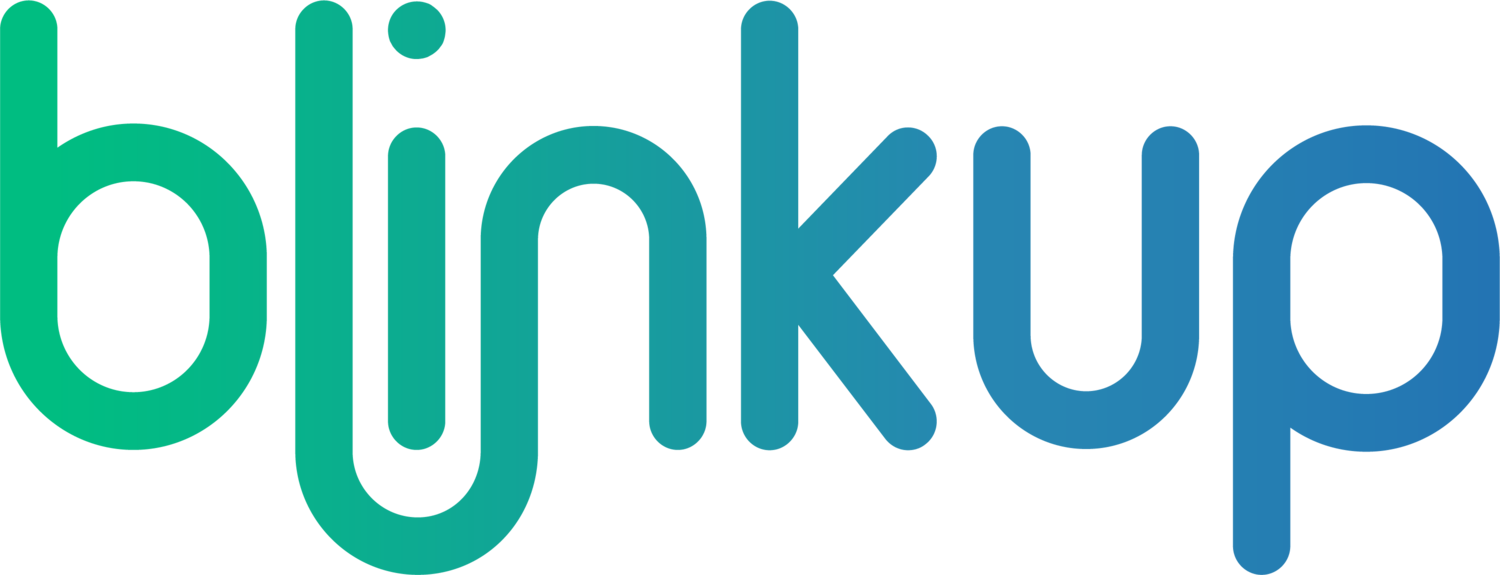
BLINKTECH, LLC Employee Onboarding and Offboarding Policy
Last Updated: July 10, 2023
Overview
This Employee Onboarding Policy outlines the procedures for integrating new employees into the company. The goal is to ensure a smooth transition, provide necessary resources and information, and help new hires become productive and engaged members of the team as quickly as possible.
Onboarding Policy
Steps Involved:
Account Setup:
Add new employees to GitHub, Slack, and email.
Provide proper permissions and add them to necessary systems and tools.
Orientation Meeting:
Conduct a 60-minute meeting to review company guidelines, policies, and working methods.
Workspace Preparation:
Ensure the new hire's workspace is ready, including any necessary equipment and supplies.
Responsibilities:
CEO & Product Manager: Responsible for setting up new employee accounts and conducting the orientation meeting.
Improvement Mechanisms:
Feedback Collection: New hires are asked to provide documented feedback via email.
Continuous Improvement: Feedback is reviewed annually and used to make improvements to the onboarding process.
Documentation and Implementation
Current Status:
Policy Review: Policies are reviewed and updated annually.
Staff Awareness: All relevant staff members are made aware of the procedures through the onboarding process and an annual company call discussing policies and procedures.
Timeline:
Day 1:
Welcome and Orientation Meeting:
Conduct a 60-minute meeting to introduce the company, its mission, values, and culture.
Review company guidelines, policies, and procedures.
Explain the tools and systems used within the company.
Team Introduction:
Introduce the new hire to team members and key contacts.
Provide an overview of the virtual workspace.
First Week:
Initial Tasks and Training:
Assign initial tasks and projects to help the new hire get started.
Provide necessary training for tools and systems specific to their role.
Check-Ins:
Schedule regular check-ins to address any questions or concerns and to provide feedback.
First Month:
Ongoing Support:
Continue to provide support and guidance as the new hire becomes more comfortable in their role.
Encourage feedback on the onboarding process to identify areas for improvement.
Feedback Collection:
End of First Month:
Request documented feedback from the new hire via email regarding their onboarding experience.
Use this feedback to make improvements to the onboarding process.
Documentation
Onboarding Checklist:
Account setup (GitHub, Slack, email)
Orientation meeting
Team introduction
Assignment of initial tasks
Regular check-ins
Policy Review and Updates
Annual Review:
The onboarding policy is reviewed and updated annually to ensure it remains effective and aligned with company goals.
Feedback from new hires is incorporated into the review process to identify and implement improvements.
Offboarding Policy
Steps Involved:
Credential Revocation:
Revoke access to GitHub, Slack, email, and other company systems.
Exit Interview:
Conduct an exit interview to gather feedback and discuss potential future contact.
Responsibilities:
CEO & Product Manager: Responsible for revoking access and conducting the exit interview.
Additional Details:
Knowledge Transfer: Efforts are made to ensure knowledge transfer and reassignment of responsibilities by planning for sufficient overlap time during offboarding.
Improvement Mechanisms:
Feedback Collection: Departing employees are asked to provide documented feedback via email.
Continuous Improvement: Feedback is reviewed annually and used to make improvements to the offboarding process.
By documenting and implementing this policy, we aim to streamline our onboarding and offboarding processes, ensuring a smooth transition for new and departing employees while continuously improving based on feedback.
